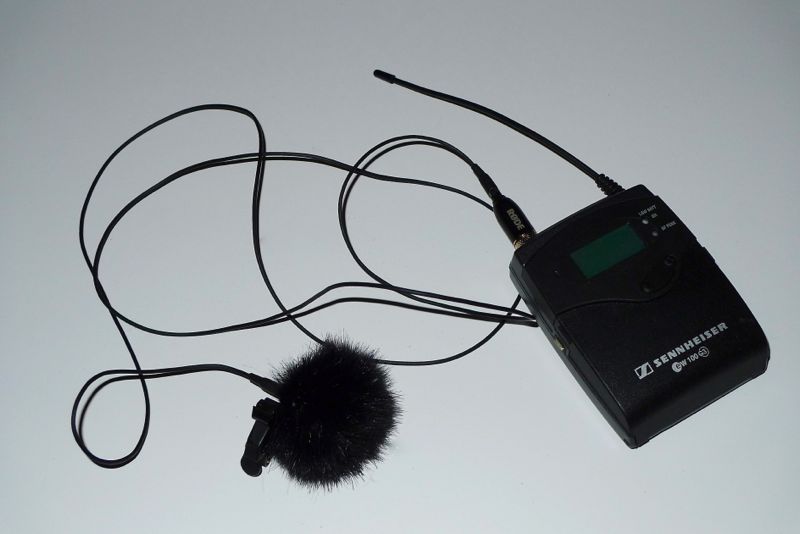
#Rode microphone podcast how to
Now that you know how to determine which type of microphone is best for recording podcasts, you’re well on your way to becoming a pro host. For podcasts, you’ll want to look for a mic with a cardioid polar pattern because it’s more sensitive at the front, less sensitive on the sides, and doesn’t pick up audio from the rear. Polar Pattern: This describes the three-dimensional space where microphones best pick up sound. If you expect a lot of ambient noise or plan on recording outdoors, then a dynamic microphone is best. For studio-recorded podcasts, a condenser mic will capture the richness of your vocals, but know that they may pick up more background noise. Dynamic: These are the types of microphones you should consider for recording audio. But if you have a more complicated setup (such as recording other people or you have additional sound sources), then an XLR mic may be the better option.Ĭondenser vs. Location and number of people: If you plan to record by yourself in one location (say, your acoustic-paneled home studio or living room) using your computer or tablet, then a USB mic is also going to be your best bet. If you’re looking for higher quality sound or are recording more than one person and need multiple mics, then an XLR connection is what you’ll want for plugging into a sound system (just note that you need additional equipment to plug in). The most common is USB, which is ideal if you’re looking for easy plug-and-play recording and don’t plan on having guests. XLR connector: There are two ways to connect your microphone to your desktop or laptop computer. Here are some things we considered while testing microphones for podcasting: Unless you’re an analog devotee, we’re guessing that you’re using a computer or tablet (or even your smartphone) to digitally record your podcast, so you’ll need a mic that’s compatible with your operating system and recording/editing software. Plus, with a built-in air horn sample and the ability to make your voice sound like a robot with the touch of a button, it’s worth the price tag for novelty alone.īuy InnoGear Microphone Arm $17.96 What Makes a Good Podcast Microphone?
#Rode microphone podcast professional
The Rodecaster Pro II has four microphone inputs, four headphone outputs, and a range of processing effects to add that professional touch to your content. With its intuitive interface, you can record, mix, and produce your podcast or live stream effortlessly.

This all-in-one production studio enables you to produce professional-quality audio with ease. Used in our Rolling Stone production studio, the Rodecaster Pro II is a game-changer for podcasters and content creators. Whether you’re an aspiring announcer or you’re finally upgrading from a cheap mic, keep reading below to shop our top picks. In This ArticleĪudio Recording Accessories What Are the Best Podcast Microphones? The number of monthly podcast listeners in the US increased by 6.1% year-over-year to 125 million last year, so by investing in the right audio tools now, you can reach this growing audience with engaging, high-quality content. The best podcast microphones and audio gear will ensure rich, clear vocals, so even if you’re a one-person show, you won’t sound like one. Sound like you? Whether you’re picking podcasting up as a hobby or a new venture, one thing’s for sure: low-quality equipment could make or break even the most compelling content, as otherwise interested listeners might be too distracted by background noise. In fact, 39% of US adults listened to podcasts monthly in 2022.


More people than ever are tuning into podcasts - and even starting their own shows.

If you purchase an independently reviewed product or service through a link on our website, Rolling Stone may receive an affiliate commission.


 0 kommentar(er)
0 kommentar(er)
